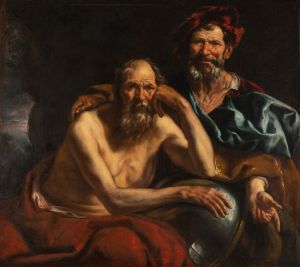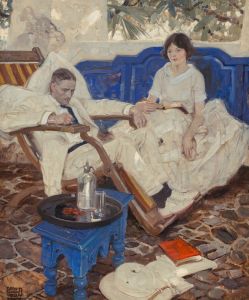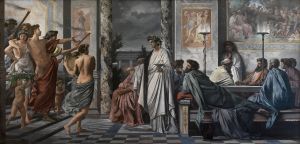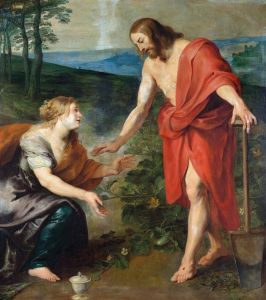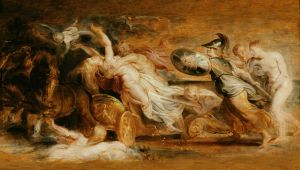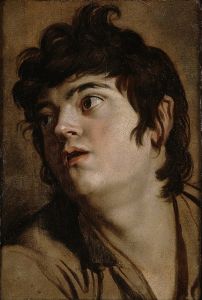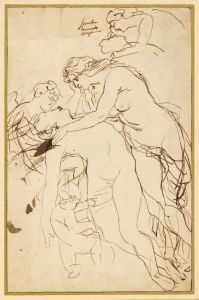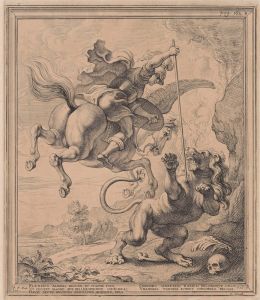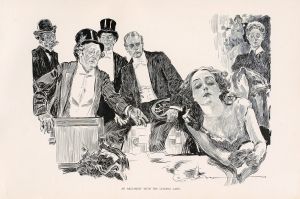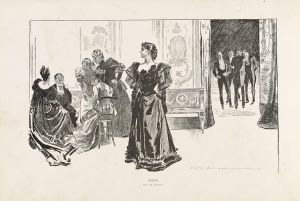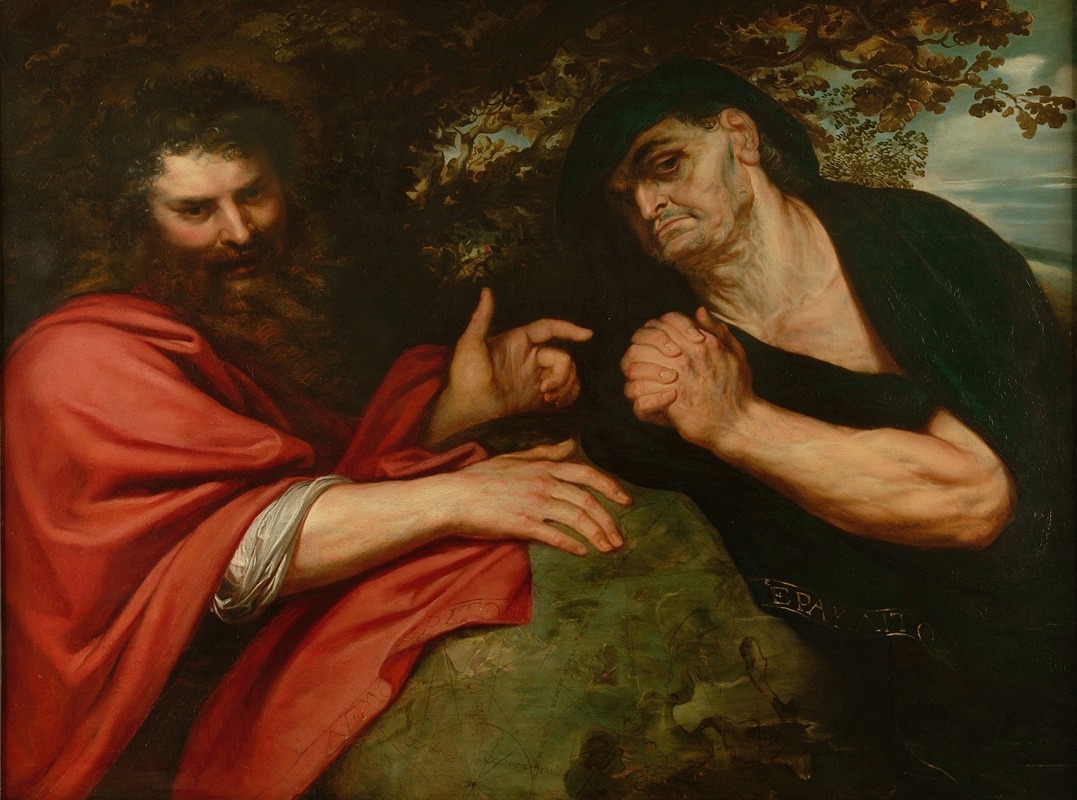
Democritus and Heraclitus
A hand-painted replica of Peter Paul Rubens’s masterpiece Democritus and Heraclitus, meticulously crafted by professional artists to capture the true essence of the original. Each piece is created with museum-quality canvas and rare mineral pigments, carefully painted by experienced artists with delicate brushstrokes and rich, layered colors to perfectly recreate the texture of the original artwork. Unlike machine-printed reproductions, this hand-painted version brings the painting to life, infused with the artist’s emotions and skill in every stroke. Whether for personal collection or home decoration, it instantly elevates the artistic atmosphere of any space.
Democritus and Heraclitus is a painting created by the Flemish Baroque artist Peter Paul Rubens, believed to have been completed around 1603. The artwork depicts two ancient Greek philosophers, Democritus and Heraclitus, who are often contrasted in philosophical tradition due to their differing views on human existence and the nature of the universe.
Democritus, known as the "laughing philosopher," is portrayed smiling or laughing, symbolizing his optimistic and often lighthearted perspective on life. He is associated with the idea that the universe is composed of atoms and void, emphasizing a rational and scientific approach to understanding the world. In contrast, Heraclitus, referred to as the "weeping philosopher," is shown in a melancholic or contemplative state, reflecting his more somber view of human existence and his belief in the constant flux and impermanence of life, encapsulated in his famous saying, "You cannot step into the same river twice."
Rubens' painting captures this philosophical dichotomy through the expressive gestures and facial expressions of the two figures. The composition emphasizes their contrasting emotional states, with Democritus often depicted pointing to the heavens or laughing at the folly of mankind, while Heraclitus appears introspective, lamenting the human condition. The work is characteristic of Rubens' dynamic and dramatic style, with a focus on vivid expressions and rich textures.
The painting was likely created during Rubens' time in Italy, where he was influenced by the works of Renaissance masters and classical antiquity. It reflects Rubens' interest in intellectual themes and his ability to convey complex philosophical ideas through visual art. The exact circumstances of the commission or the intended patron of the painting remain unclear.
Today, Democritus and Heraclitus is housed in the National Gallery of Denmark (Statens Museum for Kunst) in Copenhagen. It is considered an important example of Rubens' early work and his engagement with classical themes. The painting continues to be studied for its artistic merit and its representation of the philosophical ideas of antiquity.





